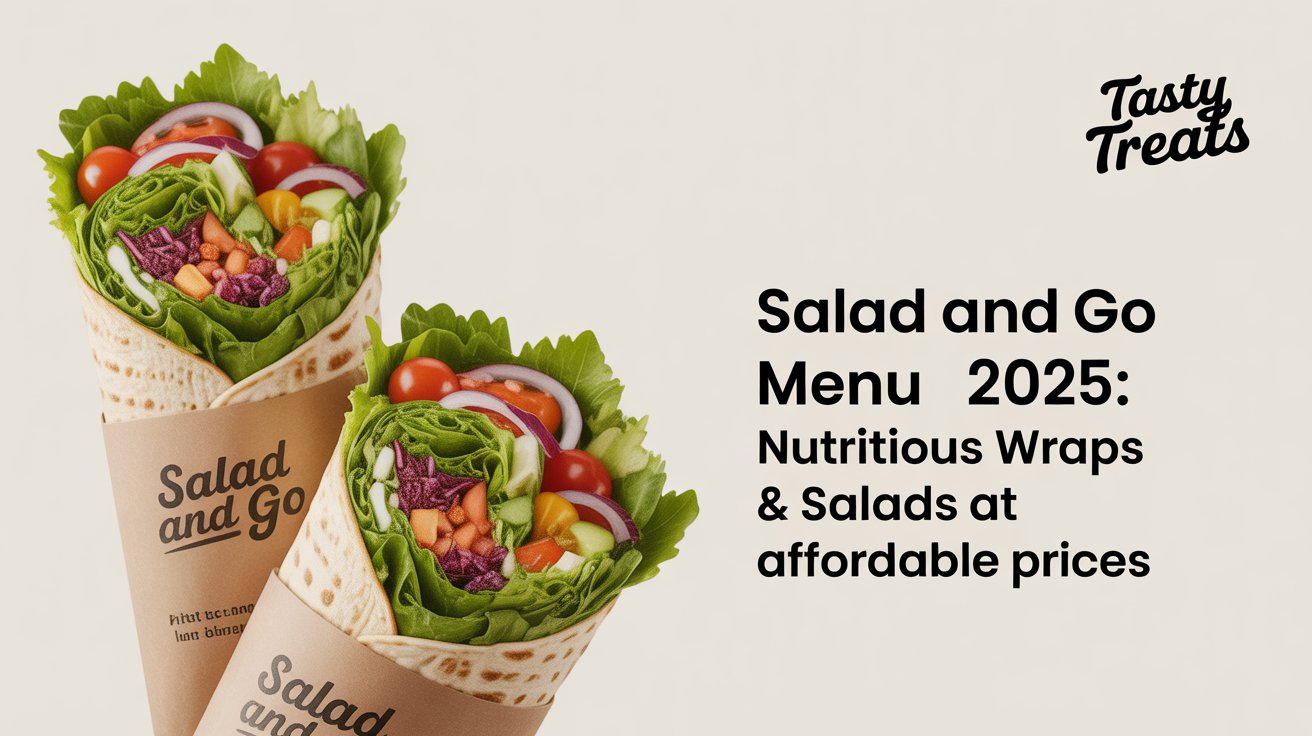Zero-waste cooking reuses food scraps—peels, stems, and bones—to create flavorful dishes, reducing waste and saving money. With 30% of food wasted globally, per FAO data, this approach promotes sustainability and culinary creativity.
Why Zero-Waste Cooking?
Food waste costs households $1,500 annually, per USDA estimates, and contributes to landfill methane emissions. Using scraps like carrot tops or chicken bones creates stocks, pestos, or snacks, cutting costs and environmental impact. It’s a creative challenge, turning “waste” into delicious meals while honoring sustainable traditions from frugal grandmothers to modern chefs.
Scrap-Based Recipes
Make vegetable stock: simmer 4 cups scraps (onion skins, carrot peels, celery ends) in 6 cups water with 1 bay leaf for 1 hour; strain and freeze. For broccoli stem fries, peel stems, slice into sticks, toss with olive oil and salt, bake at 400°F for 20 minutes. Blend carrot top pesto: 1 cup carrot tops, ½ cup walnuts, ½ cup parmesan, ½ cup olive oil, 1 garlic clove. These turn scraps into flavorful staples.
Techniques and Tools
Chop scraps uniformly for even cooking—use a sharp knife ($20). A stockpot or slow cooker ($30) simplifies broths. Blend scraps in a food processor ($50) for pestos or purees. Compost inedible scraps (e.g., eggshells) in a $30 countertop bin. Freeze scraps in bags to collect enough for stocks. Online resources like Zero-Waste Chef offer recipes and preservation tips.
Practical Benefits
Zero-waste cooking saves $100-200 yearly by reusing scraps. It reduces landfill waste, with 40% of U.S. food discarded, per EPA data. Scraps add flavor—bones create rich broths, peels enhance stocks. Restaurants like Silo in London champion zero-waste, inspiring home cooks. It’s accessible—use what’s in your fridge to start.
Getting Started
Collect scraps in a freezer bag over a week—aim for 4 cups for stock. Experiment with one recipe, like pesto, to build confidence. Join zero-waste groups on Reddit for ideas. Challenges include time (1 hour for stock) and storage—use airtight jars. With practice, scraps become ingredients, not waste, fostering creativity and sustainability.
Conclusion: Zero-waste cooking transforms scraps into flavorful dishes, saving money and the planet. Try a stock or pesto recipe to embrace this sustainable practice. Start collecting scraps today and cook with purpose.
